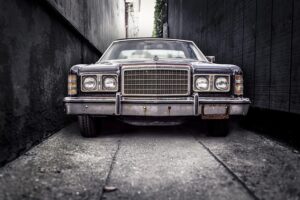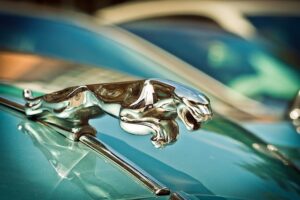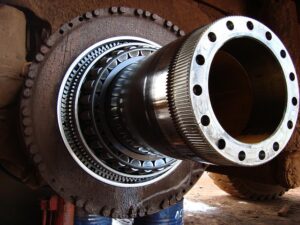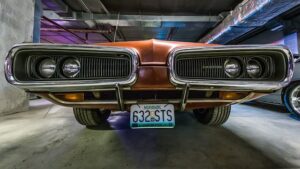Revive Your Classic Car: Step-by-Step Restoration Guide
Evaluating vintage car restoration involves thorough inspection and sourcing authentic parts. Restoring classics requires historical accuracy, from paint selection to transmission rebuilding. Assembly…….
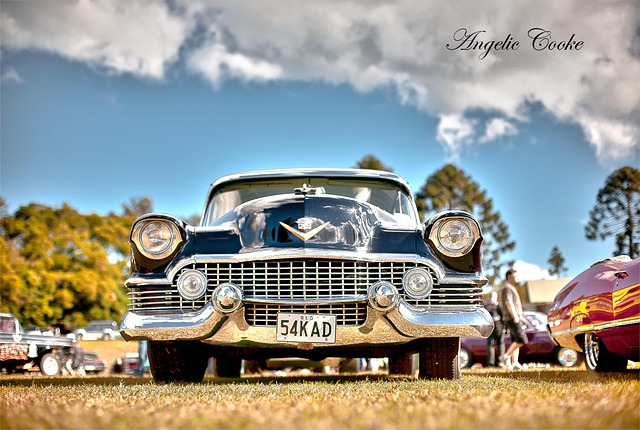
Evaluating vintage car restoration involves thorough inspection and sourcing authentic parts. Restoring classics requires historical accuracy, from paint selection to transmission rebuilding. Assembly and fine-tuning bring the car back to life with meticulous cleaning and polishing. Beginners should focus on selecting suitable tools for a successful Select Classic Car Restoration.
Restoring a vintage car is an art that combines skill, patience, and a deep love for classic vehicles. This comprehensive guide, tailored for the dedicated restorer or enthusiastic hobbyist, explores the intricate process of selecting and restoring your ideal classic car. From evaluating restoration potential to sourcing rare parts, mastering repaint techniques, and final assembly, we’ll navigate you through each step, ensuring your vintage find regains its former glory on the open road.
- Evaluating Your Vintage Car's Restoration Potential
- Sourcing Parts for Classic Car Makeover
- The Art of Repainting Old Auto Surfaces
- Assembly & Fine Tuning: Reviving the Drive
Evaluating Your Vintage Car's Restoration Potential
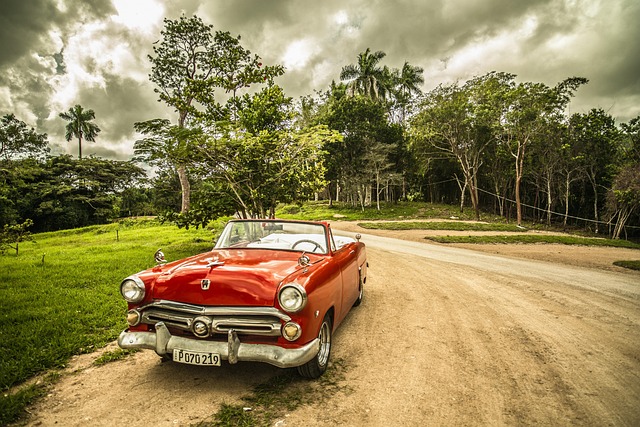
Evaluating a vintage car’s restoration potential is an exciting yet meticulous process that requires careful consideration. The first step involves assessing its overall condition and identifying any existing damage or missing components. This can be done by thoroughly inspecting the vehicle, from the chassis to the exterior and interior. Look for signs of rust, corrosion, or previous repair work, as these factors will impact the restoration scope.
When contemplating a vintage car’s restoration, keep in mind that using original parts is ideal for maintaining authenticity. The best tools for classic car restorers can aid in this precise task, ensuring a high-quality result. Additionally, seeking restoration tips from experienced enthusiasts or professionals can provide valuable insights, guiding you through the process of restoring classic cars with care and expertise.
Sourcing Parts for Classic Car Makeover
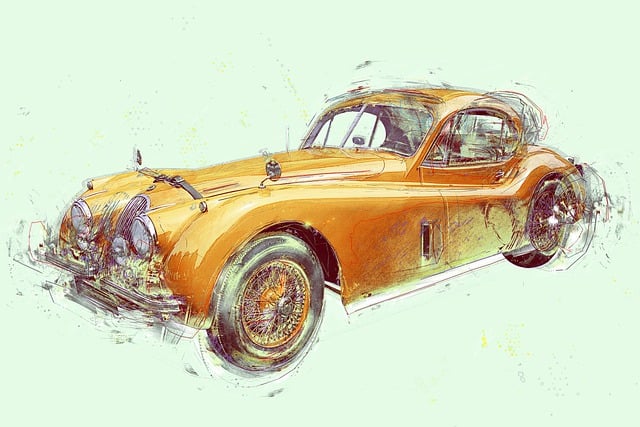
When diving into a classic car makeover, one of the most significant challenges—yet rewarding aspects—is sourcing the right parts for a seamless restoration. The process involves meticulous research and an eye for detail to find authentic pieces that capture the vehicle’s original essence. For those selecting a Classic Car Restoration project, whether it’s restoring a classic Jeep or another make, understanding the availability and authenticity of parts is crucial.
Many enthusiasts turn to dedicated suppliers and specialized shops offering both new and used components specifically tailored for these timeless machines. Professional classic car restoration services often have extensive networks and connections, making them invaluable resources for finding rare or discontinued parts. Restoring classic cars inside and out requires a holistic approach, ensuring that every element, from the engine to the interior trim, aligns with historical accuracy and quality standards.
The Art of Repainting Old Auto Surfaces
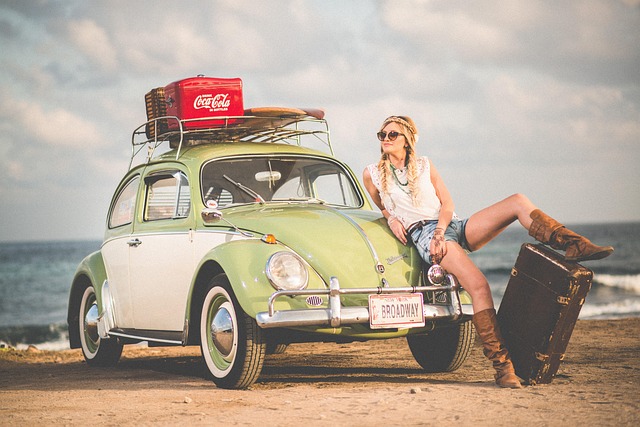
Restoring vintage cars is an art form, and repainting old auto surfaces is a delicate process that requires skill and precision. When undertaking a classic car restoration, selecting the right paint and using the best tools for classic car restorers are crucial steps in achieving an authentic and high-quality finish. The surface preparation is key; it involves sanding, cleaning, and priming to ensure the new paint adheres properly.
Expert advice on classic car refurbishment recommends a multi-stage painting process. This includes applying an undercoat, which provides a smooth base, followed by several coats of color to achieve the desired vintage hue. The final step is a clear coat that protects the paintwork and gives it a glossy finish, reminiscent of the cars’ original splendor. Consider the unique challenges of rebuilding a classic transmission as part of this process, ensuring every detail contributes to the overall restoration’s success.
Assembly & Fine Tuning: Reviving the Drive
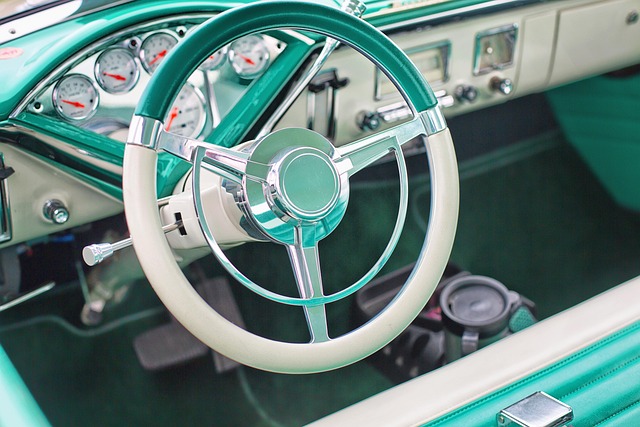
The assembly and fine-tuning phase is where the magic happens—your vintage car comes to life once more. After carefully disassembling each component, it’s time to restore them to their former glory. This involves meticulous cleaning, patching, and polishing to ensure every detail matches the car’s original state. It’s crucial to have the right tools for this stage, especially when restoring classic cars for beginners or on a budget. The best tools for classic car restorers can make all the difference, enabling precise work and long-lasting results.
As you reassemble the various parts, fine-tuning becomes an art. Adjusting the engine, tightening the bolts, and calibrating each mechanism ensures a smooth ride. This is where experience meets creativity—fixing what’s broken, replacing what’s missing, and making sure every piece works in harmony. The end goal? Revive the car’s drive, allowing it to purr down the road like new again.
Restoring a vintage car is an art that combines evaluation, sourcing, repainting, and assembly. By carefully assessing your vehicle’s potential, securing authentic parts, and mastering the techniques of old surface restoration and fine-tuning, you can bring a classic back to its former glory. Whether you’re a seasoned restorer or a novice enthusiast, selecting the right vintage car for your restoration project can be a rewarding experience, allowing you to create a unique piece of automotive history that’s ready to hit the road once more.
